
OnePlus’s Nord N300 packs a lot of punch for being a sub-$300 device. With as much as it gets right, there are still some areas in which it could use improvement, though it’s a little hard to complain with the raw battery power it has.
Only a couple of years ago, the mobile market was divided into a few parts. There are high-end phones that cost $1,000 or more with top-tier specs and fantastic cameras, mid-tier phones that gave you a taste of that world at a reasonable price, and low-end devices that cost less than $300 and acted like it.
Now, it feels like that line is being blurred more and more, with phones like the Google Pixel 6 and 7 coming in at only $600 with impressive specs and a cohesive software and hardware experience that makes it a joy to use.
The Nord N300 approaches that line as well, even though it costs just $229 – much like the N200 of last year. For that, you’re getting OnePlus software as well as specs that likely won’t scare you at first sight.
Hardware
On the surface, the Nord N300 from OnePlus is encased in a plastic shell all around. The USB-C port sits at the bottom and the volume rockers to the left side of the device. The power button – which is also a fingerprint sensor – is located on the right side.
As far as fingerprint sensor reliability goes, I was able to get an accurate scan about half of the time. That’s obviously not good in the least, though the inclusion of face unlock sort of makes up for that in the long run. Face unlock is a little more accurate, though that might not bode well for device security.

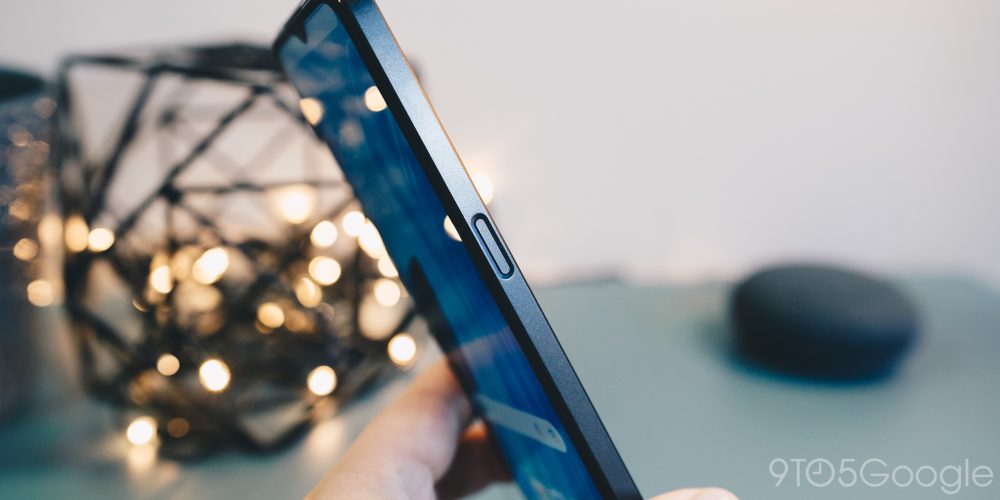
Internally, the OnePlus Nord N300 runs a MediaTek Dimensity 810, which is a mid-tier SoC with a 5G modem. With that, the device holds 4GB of RAM and a 64GB expandable memory. While that setup isn’t the top of the line, it proves to be enough in practice.
Software and performance
Right out of the box, the Nord N300 runs Android 12 — OxygenOS 12. We may eventually see Android 13 come to the N300, though I wouldn’t hold my breath for it. OnePlus isn’t in the top spot as far as timely updates go, and with the company’s update policy leaving the N200 with only one year of major Android updates and three years of security updates, we’re likely to see the same update policy extend to the N300.
Even running Android 12, the N300 does a fine job of handling everyday tasks. Every so often things feel a little laggy, such as opening the Quick Settings menu and switching between apps. It can get even worse if you accidentally swipe down from the wrong side and open the OxygenOS Shelf, which holds shortcuts courtesy of OnePlus.
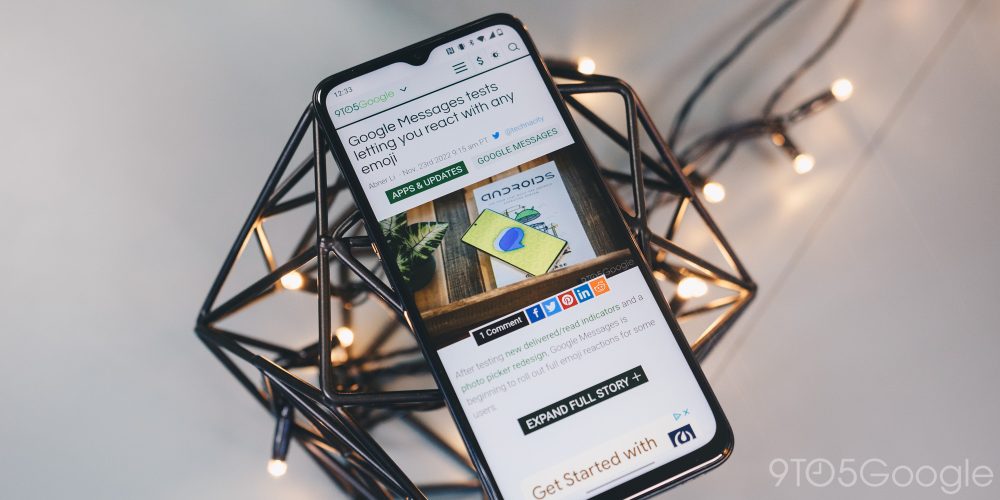
OnePlus claims the N300 gets a 90Hz refresh rate, though it doesn’t always feel like it. While scrolling, there’s a noticeable rubber banding that shouldn’t be there with 90HZ and above. While it’s completely tolerable, it simply doesn’t feel right. Switching between 90Hz and 60Hz feels pointless, as they look and feel about the same.
Display
Aside from the refresh rate, the display is a budget display, though it looks better than the price would allude. The N300 runs a 6.56″ HD+ 1612 x 720 display. It’s on the lower end of “HD,” though it does hold its own in color accuracy and reproduction.
Comparatively, the Nord N200 had a 2400 x 1080 FHD panel that was slightly smaller. Why the downgrade was made, we don’t know. Unfortunately, the N300’s screen simply isn’t its strong suit.
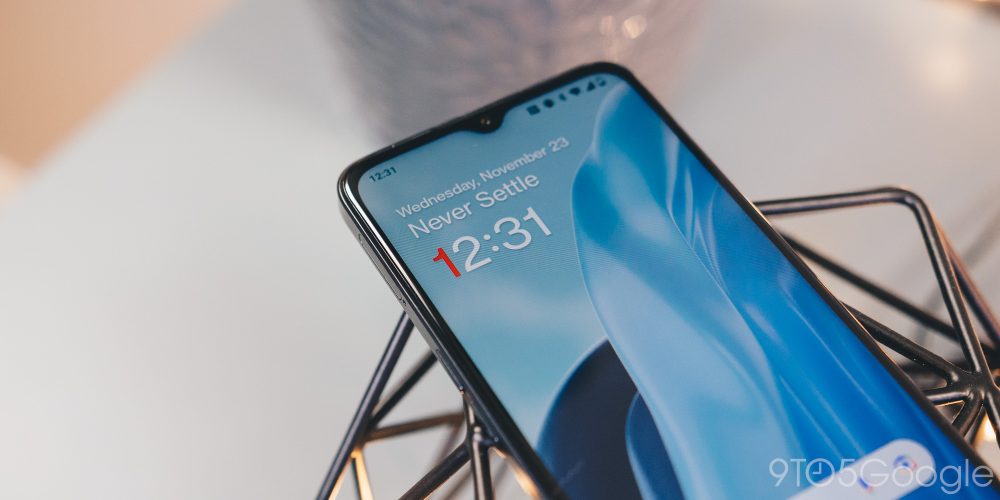

Battery
Where the OnePlus Nord N300 does shine, however, is the insane battery life. With a 5,000mAh battery, the N300 can get you through a day and then some with no problem at all. I genuinely tried to kill the battery to no avail. It seemed like the only way I could bring it down was a few hours of games and YouTube — generally heavy apps.
When you’re not using it, it gets even better. You can almost get eight days worth of idle battery time with the Nord N300, which means if you’re conservative in your usage, you’ll see incredible battery performance.
With that, OnePlus includes a 33W SuperVOOC charger in the box. This isn’t as powerful as some of the company’s devices, but it sure is snappy. From a dead battery, the 33W charger can power the N300 25% in just 15 minutes, with every 6 or 7 minutes the device finding another 10% of battery. At around an hour, I was at a full charge. That’s genuinely excellent for a $229 phone.


Camera
Another point at which the N300 shocked me was in the camera array. The main sensor is a 48MP camera alongside a 2MP depth sensor for a little extra detail. That camera does a fine job of reproducing colors and getting in focus, with the images that it takes able to go up against some of the higher-end cameras on the market. The front holds a 16MP selfie camera that does an okay job of taking photos, as was expected.
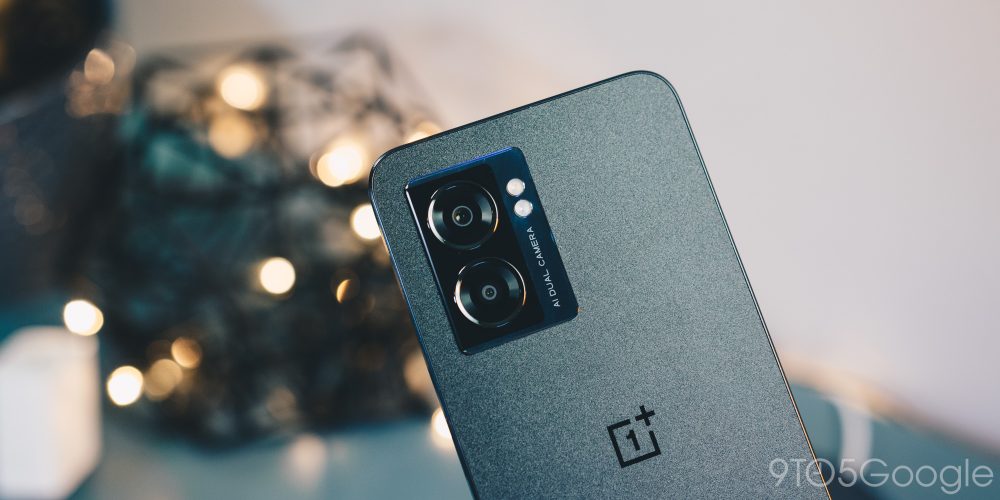
If you were to put the photos that the Nord N300 produces up against an S22 or Pixel 7, you’d be able to pick out the Nord N300, but just barely. As far as quality and look go, the N300 takes some pretty good photos. Below are just a few samples we captured.
Final thoughts
The Nord N300 sits in a pretty funny spot. It’s on the higher end of budget devices, with a pretty decent performance score, incredible battery, and a more-than-capable camera. Of course, a midrange SoC is only going to get you so far with 4GB of RAM.
With all of that taken into account, the reality is that for $229, you’re beating other devices by quite a margin. The N300 does a fine job in most regards and will undoubtedly last you a full day on average. Even if it doesn’t, 33W charging is going to get you plenty of juice in little to no time at all.
Buy the OnePlus Nord N300
FTC: We use income earning auto affiliate links. More.

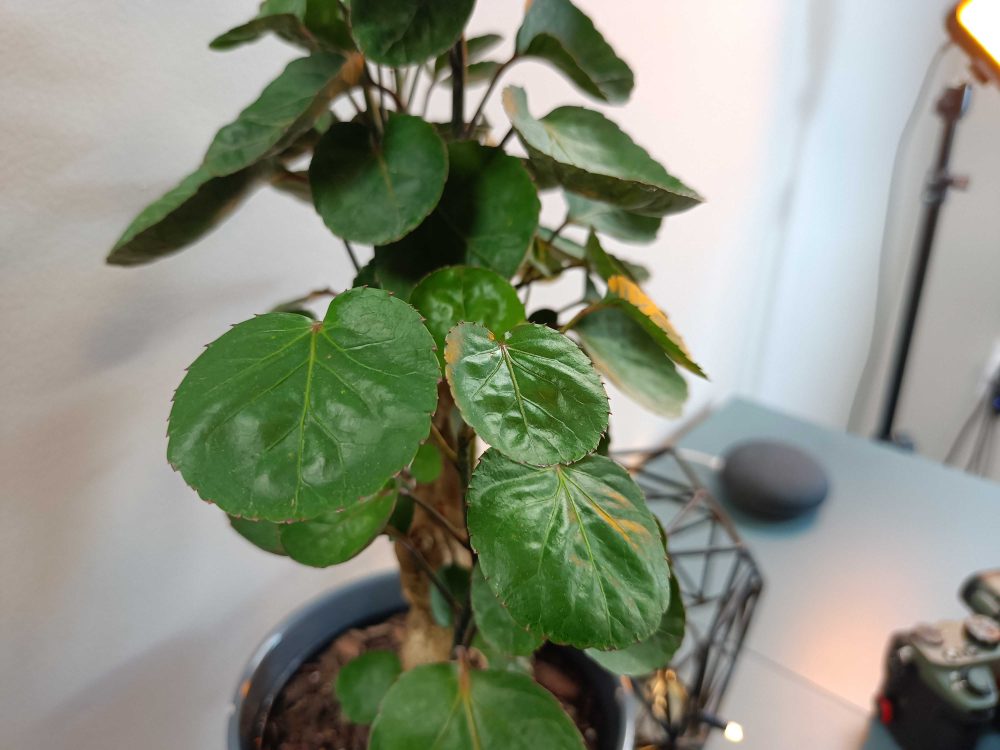
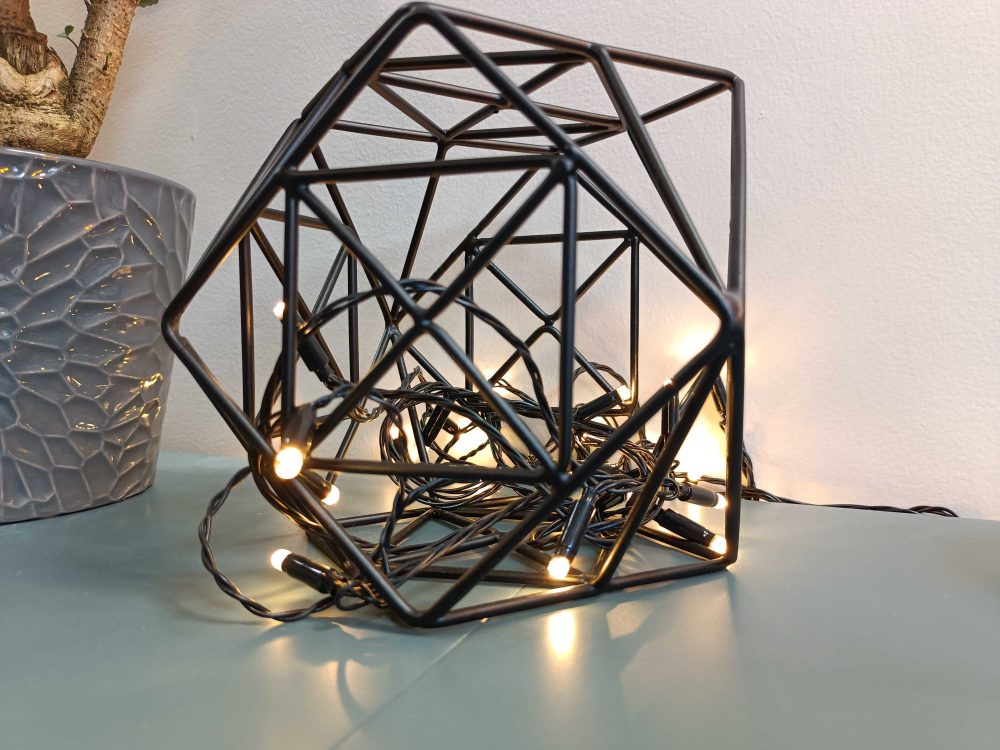

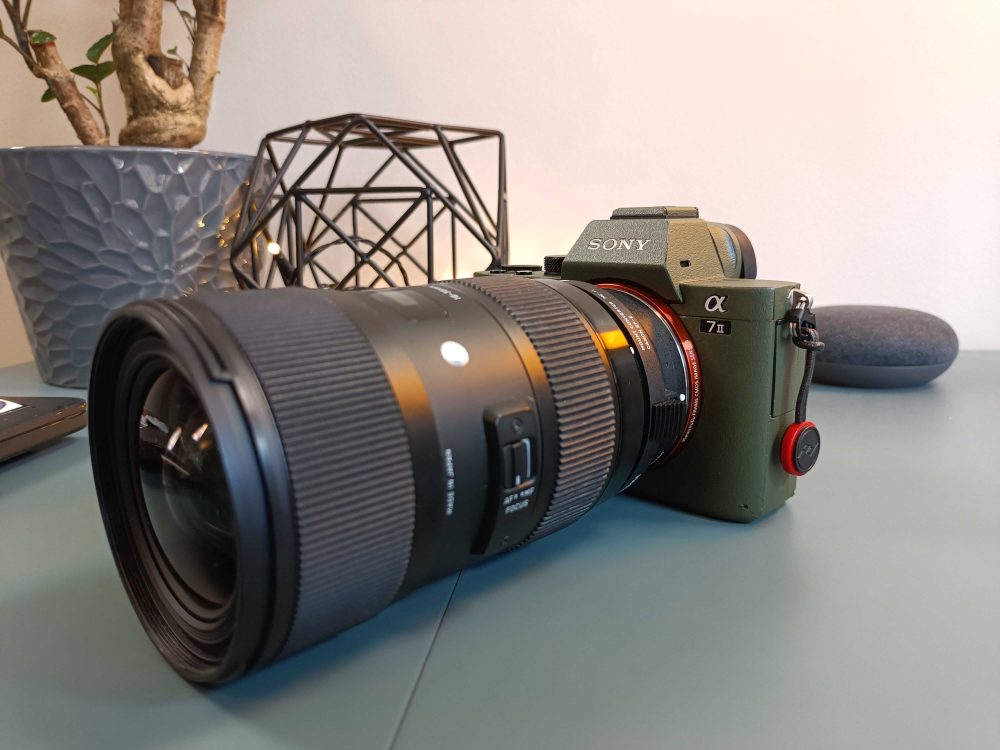


Comments